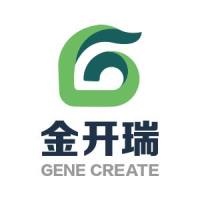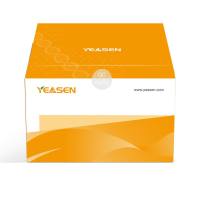Isolation and Culture of Megakaryocyte Precursors
互联网
353
Megakaryocyte (MK) precursor cells correspond to a spectrum of cells extending from an early progenitor to the promegakaryoblast, a 2N cell that switches from a mitotic to an endomitotic process ( 1 ). The MK progenitors express the CD34 + antigen and are either CD38 – or CD38 + , depending upon their maturation stage. The most primitive progenitors (BFU-MK and the mixed erythro-MK progenitors) are negative for CD38, while the others are CD38 positive ( 2 ). Other differentiation markers, such as HLA-DR or AC133 ( 3 , 4 ), have also been used to study MK differentiation. In the adult, CD41 (platelet GPIIb) appears during differentiation and can be used to select a subset of MK progenitors that essentially correspond to the more mature MK progenitors and promegakaryoblasts. In contrast, CD41 is more widely expresssed on neonatal hematopoietic progenitors. CD42 has a slightly later expression than CD41 (5), although after the beginning of CD42 synthesis, expression levels of CD41 and CD42 are well correlated. Thus, MK differentiation may proceed by different stages: CD34 + CD38 – CD41 – , CD34 + CD38 + CD41 – , CD34 + CD38 + CD41 + CD42 – , CD34 + CD41 + CD4 2+ , CD34 – CD41 + CD4 2+ , CD34 – CD41 +++ CD4 2+++ (Fig. 1 ).
Fig. 1. Expression of different markers during MK differentiation. See introduction for further explanation.









